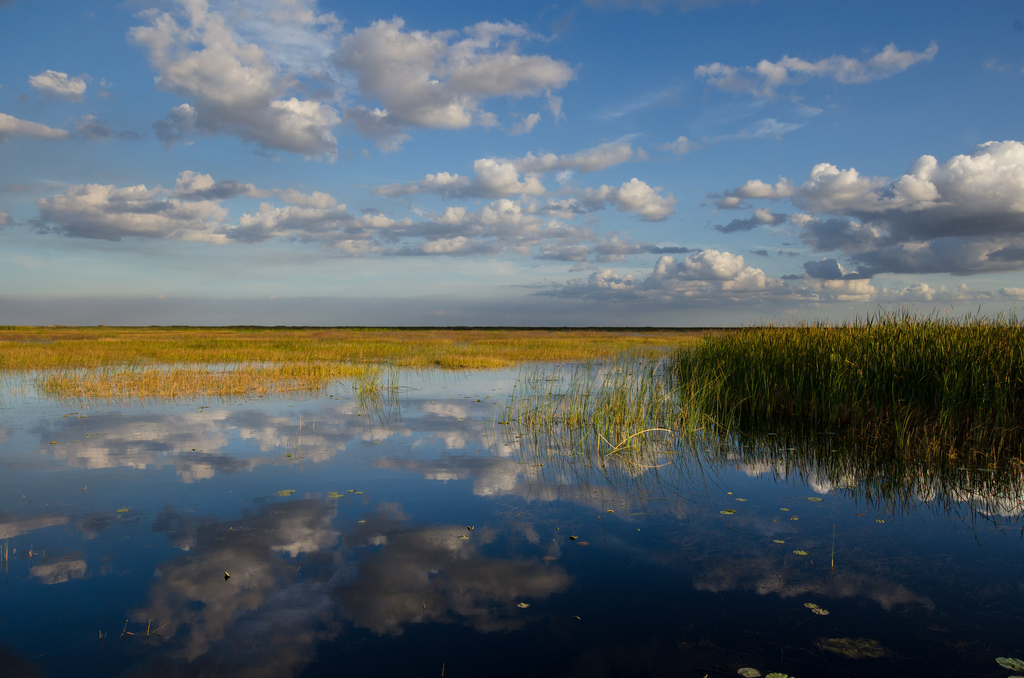
I had a Saturday free and decided to get out and do some hiking, South Florida style. That is: at risk of being chomped by a 'gator, in land only marginally drier than the swamp from which it emerged.
Lake Okeechobee was my first destination: it draws your eye inexorably as you gaze upon the southern half of Florida, and around it was a massive earthen dike with a hiking trail at its top. Built in the early part of the 21st century to control the sloshing floods of Lake Okeechobee, it thoughtfully included a hiking trail that permitted you to essentially circumnavigate Lake Okeechobee if you had enough time, stamina, and a decent rain jacket. The thing is perfectly flat, like tracing a doughnut. In fact, the lake's low profile is behind the flooding: it's basically a shallow lens of water, that passing hurricanes and storms were able to coax into sloshing up and over the low rim and into the surrounding farmland.
Continue reading "Hiking the Rim of Lake Okeechobee"
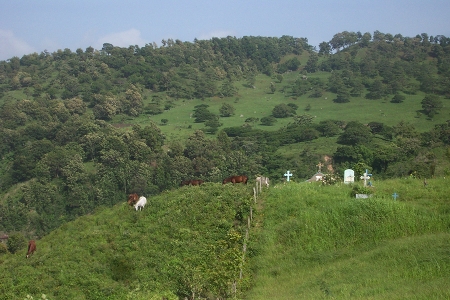
We chose, then, to escape to the North like so many times before. I would make the same journey when I'd needed space in San Diego years before, and I knew the route by heart: it went first to San Sebastian de Yali and then eastward along the mountain ridges to this quiet mountain town in Western Jinotega, where mountains crowded us on all sides and the air blews fresh and cool. For good measure, rains blew in from the West, knocking out the electricity.
So it was that at 7:30 PM, Ericka and I were transported to the previous century. The boarding house of adobe pressed around wooden columns, the meal: refried beans cooked in a heavy pan with onions, some ground beef in spices, flat tortillas toasted over a wood fire, and soft cuajada from some nearby cow.
We ate in near silence, gathered around a small wooden table that a wax candle illuminated in soft orange light. Outside the wooden door, total darkness and the sound of falling rain on the muddy streets. One hundred years ago, in the years before even General Sandino stalked these hills with his armed men, life here was little different at all.
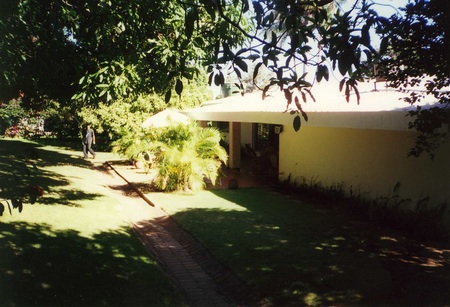
July, 2003: A violent sun that thrusts its way through the greenery of Mango and Tamarind trees. Hot air of all sides and no respite from it anywhere, least of all in the house where the fans spin the columns of blistering air through the sala and kitchen. Outside, the parrots in their cages fidget restlessly or nap with their heads under their wings.
I'm passing through shreds of memory of another life I led, not so long ago but so many worlds away – the huge house on a hill in Las Colinas where from the road I glimpse the upper canopy of those immense Mango trees. With shame I recall scolding a man who had been stealing them from a back road by poking the tree with a stick so they'd drop, only to notice I was embarrassing him in front of his young daughter, whom he pushed with him in a wheelbarrow. Why do rich neighborhoods and poor neighborhoods always abut in places like Central America? Sheepishly, I let him have the mangos, remembering I wasn't even going to be able to eat them by myself.
Continue reading "Shreds of Memory: Managua, 2003"
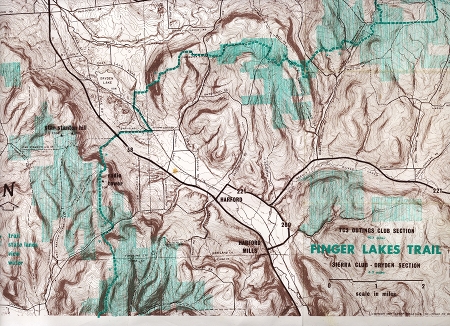
It is one of the most prevalent misperceptions that the purpose of maps is to show you how to get from one place to another. They do serve that purpose, of course. But more importantly, they seduce you into exploring places about which you'd otherwise never have known.
I can understand the lure of GPS units: I use them too, navigating and learning the streets of big cities. And it's tempting to have a battery-operated unit in your hiking backpack that shows you your location in the mountains with a reassuring precision (assuming your unit has batteries, and your bag hasn't fallen into a river, and ...). But when it comes to coaxing you away from home and into new adventure, I find GPS units fail roundly. Just gaze at a big map you've posted on your wall some cloudy morning while you drink your coffee, and see if your boots don't start tapping.
Continue reading "For the Love of Maps"
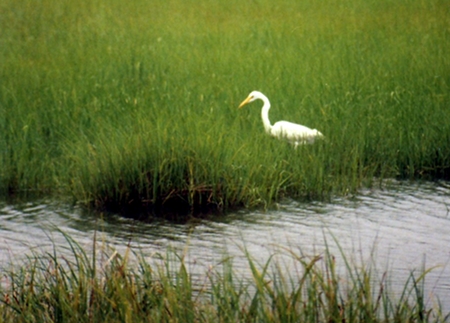
In 1995 I found myself – to my surprise – back in the Hamptons for a summer. And what a lovely summer it was.
With neither job nor job prospect, I spent a lot of late spring and early summer down on the shore armed with a pair of binoculars and the good sense to stay quiet. Here's some of what I saw pecking around at the edge of the Atlantic:
Continue reading "Shorebirds of Long Island"
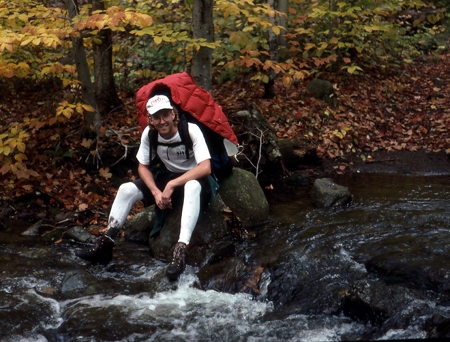
November, 1992: I’d just copied this from The Prophet, by the Lebanese poet Kahlil Gibran:
“And forget not that the earth delights to feel your bare feet and the winds long to play with your hair.”
The correct way to test that hypothesis, obviously, was via a grueling, 50 mile hike through the Adirondacks’ High Peaks region. And as the autumn entered its wan, second half, that’s what we did.
The moon was full the evening before we entered the Adirondack park, after - as usual - a long drive northward and eastward from Ithaca, and a night stuffing as much of Dave’s mom’s fantastic cooking in our bellies as we could. Autumn was becoming early winter, but what we wanted wasn’t green canopy over our heads, but the perfect isolation of wilderness, and a chance to soak in the scents and sounds of the world. With boots laced up and bags strapped on our backs, we set off walking through birches that looked yellow and tired, and set our sights on the far side of the empty woods. Leaves were still falling, but there was more color pooled around our feet than over our heads. Above us, the empty boughs conspired to let in the light of the late autumn moon.
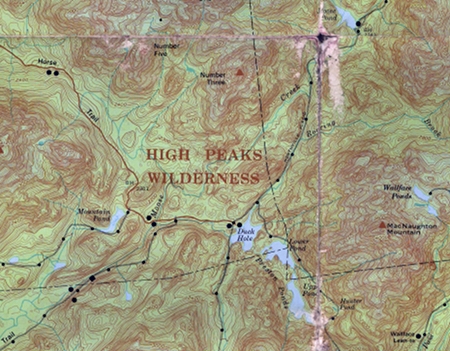 Continue reading "Cold River and Moose Pond: Traverse of the High Peaks Wilderness"
Continue reading "Cold River and Moose Pond: Traverse of the High Peaks Wilderness"
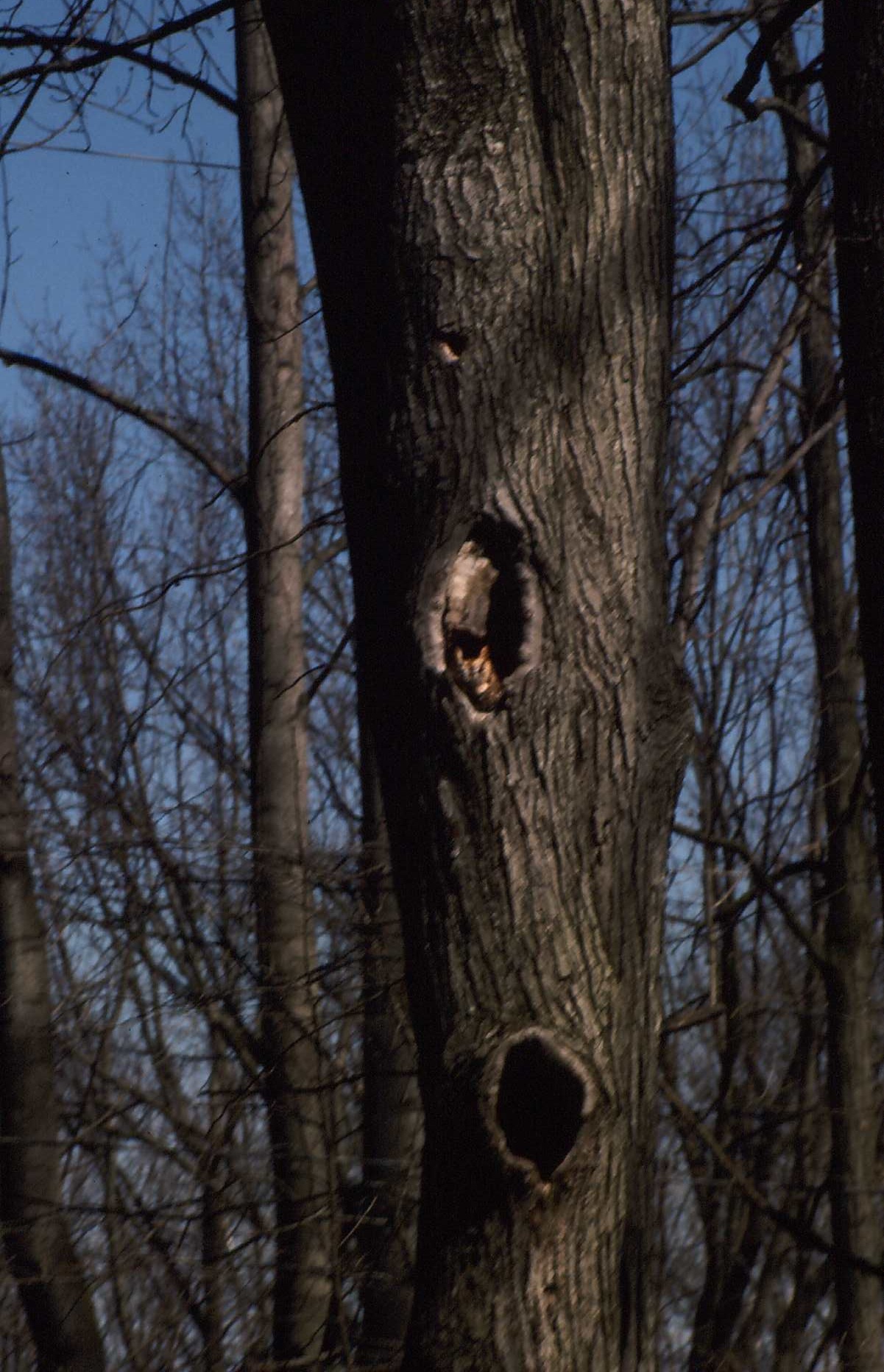
This is a list of birds I spotted in Lititz, Pennsylvania, between June 1994 and March 1995. Not much else remains for me of that long, cold winter. But I do remember the leaves around the lake turning auburn in the fading light of summer, the glass-like warble of the Hermit Thrushes in the forest stand behind the house, the Barn Swallows turning circles in the air, and the acrobatics of the Fly Catcher.
Such is life: a few things we carry with us, but most of it we don't. And time alone is the judge of what mattered and what didn't. Keep singing, little birds. Keep singing.
The picture is of a tree in which a family of Screetch Owls had nested – so amazing to see them peering out at me.
Continue reading "Bird List: Lititz, Pennsylvania"
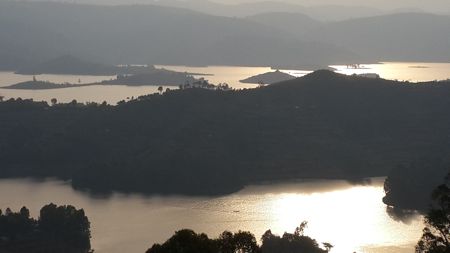
Lake Bunyonyi seemed hell-and-gone from nowhere, tucked in a volcanic crevice 8 hours' drive from Kampala. And nature's tension mounted as we made our final approach: the wind picked up and began blowing spirals in the dust as the road wound upward through forest. The sky darkened in impending storm, and then, just as our car emerged from the forest on a forest ridge overlooking the lake, the first icy drops began to fall. But below us - almost vertically below us, it seemed - was the lake, and it was bathed in a silver light by a band of sunlight that snuck through a hole in the clouds. Stunning.
Bunyonyi means "place of the little birds" and lived up to its name. We toured the myriad islets the next day on a motorized launch and visited one I'd like to return to camp on. But the real memories will be of the view from the hillside, those dark nights of stars, and the chilly night air.
Continue reading "Lake Bunyonyi"
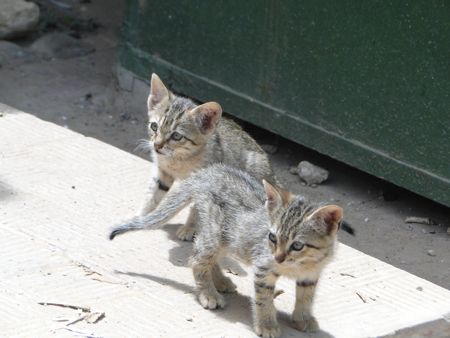
They were already there when we arrived, the cats of Dakar: waiting for no one, lazing indolently in the sun, circling anxiously when the trash was taken out, napping on roofs or the knife edges of concrete walls. Some of them allowed you to scratch them on the top of the head, but most did not. We knew them by name: "PG" (the matriarch), Lulu, Fifi, Tito, Marsupilami, Calico, Batcat, Arnold, Ashes, Jaguar.
Nights they would skirmish and prowl, revealed to us the next morning in eyes scratched out of their sockets, torn ears, scratches. We wrote more than one off as goners only to find them skulking in the shadows months later, ready for their next brawl.
Continue reading "The Cats of Dakar"
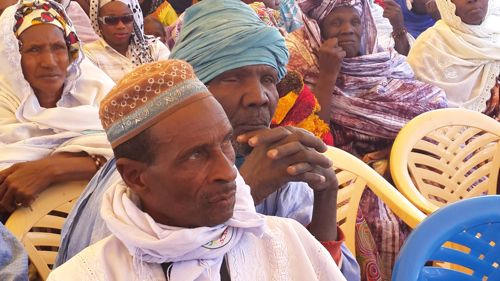
We emerged from the ridiculous luxury of air-conditioned 4-wheel vehicles at
the beginning of a patchwork of sandy trails and the thin speckles of Acacia
shadows, many hundreds of kilometers from the coast and even farther from home.
This was truly the Sahel, and I've never experienced anything like it. Perhaps
I never will.
It's easy to dismiss the far-flung corners of earth, the difficult places
where you'd never in a million years ever want to live, where you can't imagine
how people get by, where it seems life is too hard to be worth living. But
that discounts the fact that people already live there, and they're there
today, and it's hard. This is the Sahel.
Continue reading "The Sahelians"
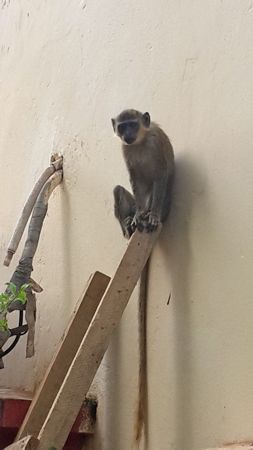
I was in Kolda, in Senegal's Casamance region, waiting for sundown and the cool of the night. A rustling in the treetops surprised me, and looking up, I watched four shadows go leaping from the branches of one tree to another. Primates! Turned out, the shadows comprised a family of monkeys, and they seemed to be pretty much at home in the trees of the hotel. Who knows, maybe they were there first! Who cares, though: after so many years at the edge of the Sahel, disappointed with the paucity of wildlife and the encroaching of the desert, it was a thrill to be face to face with some happy-looking animals.
Continue reading "The Senegal Green Monkey"
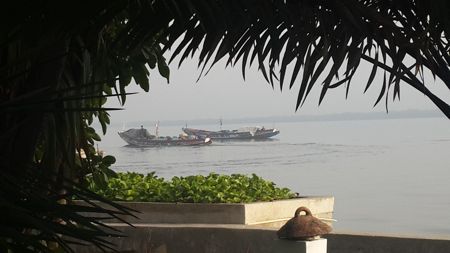
Of course the Casamance has its own name: though technically it’s part of Senegal, it’s not just another region, it’s practically another world. And that yin-yang of belonging while remaining separate is at the heart of the Casamance experience.
We flew into Ziguinchor in a ten-seater turboprop under whose spinning propellers I watched pass the Petit Cote, the dust-strewn roofs of Banjul, and then the yawning, immense Casamance itself. The Casamance River twisted and snaked back on itself through a labyrinth of mangrove thickets, brackish backwaters, oxbow lakes, and broad silty plains riven with the tracks of animals crossing what might have been hardpan dirt or meters-deep quicksand, all in a landscape that spanned from horizon to horizon in infinite flatness. If the bold landscapes of mountain ranges speak of majesty, flat riverine landscapes whisper “impermanence.” The river moves from year to year and season to season, haunted by the ghosts of swollen rainfall or the pressing heat. As it writhes, the stains of salt trace its thrashing, and trickles of rainfall cross the mudflats to join the watercourse, lined on both sides with the emerald greens of the young mangroves that will ultimately strangle them. At the edges, small villages and the squared plots of subsistence vegetable farms crouch, speckled with the canopies of the infinite trees that make not forest but savannah. How to build and plan when everything is in perpetual motion, and always will be?
Continue reading "The Casamance"
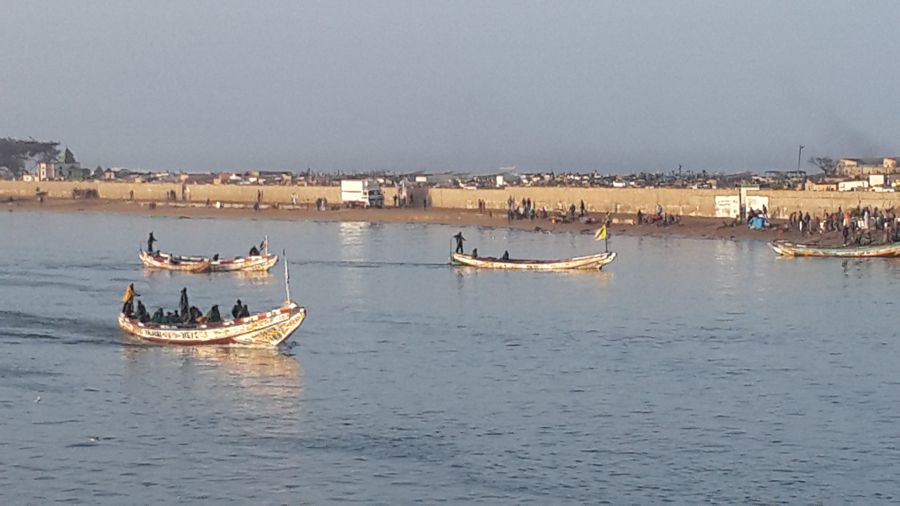
The morning sun was scarcely over the horizon and a cold wind was blowing
off the sands of the Sahel when I first saw them motoring up the steely,
smooth waters of the Senegal River: Senegal's artisanal fishing fleet, back
from a long night – or maybe several – in the cold waters of the
eastern Atlantic. A dozen wooden pirogues wended their way,
gracefully, past the island of Saint Louis where I watched them from a hotel
balcony, towards the tangled knot of ships and men that constitutes the
fishing port.
I watched them with a sense of appreciation. Other than the outboard
motor and the grey vinyl Wellington overcoats worn by the crew, not much of
that scene has changed in centuries, including the long, drawn out lines of
the pirogue itself, which was originally a river craft stretched out
and sent into the unforgiving ocean in search of bigger fish. After many
years of working among the highest levels of political leadership to
bring about meaningful reduction in Senegal's poverty, I watched these
traditional people going about their traditional craft in the traditional
way, and I thought to myself, "I haven't affected these folks in any
way at all." That's not totally true, of course: they're the rantings
of a frustrated bureaucrat impatient with the rate of progress and all the
insalubrious aspects of trusting political leaders to want and work towards
change.
Continue reading "When the Pirogues Return from Sea"
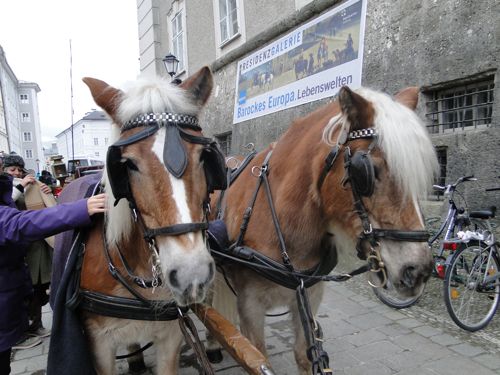
Salzburg was magical. Salzburg was lovely. Salzburg was freezing. I'm told the magic of Salzburg is in the hills, but we had trouble looking too far up, as the wind was out of the north and the snow flakes were falling in our eyes as we looked around.
We noticed one of the first miracles of European Union integration as we departed Innsbruck for Salzburg: our train almost immediately left Austria at the border at Kufstein, and traveled the rest of the way through Germany – endless fields buttoned up for the winter with rolls of hay stacked at the margins – before arriving. Imagine how different things were a few decades ago when Germany was divided and Austria represented the frontier and the Iron Curtain that demarked the two philosophies of the Cold War.
Continue reading "Salzburg"
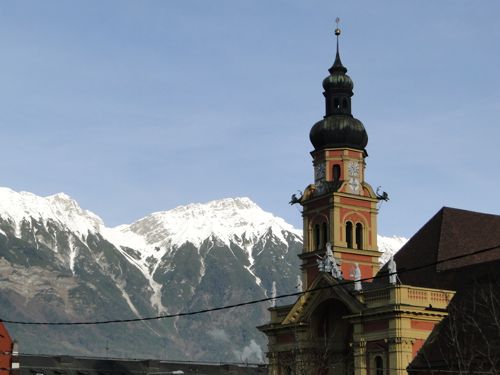
I'd hoped to learn all about the speckled history of Innsbruck, "the Bridge over the River Inn" in order to flesh out this story. In reality, between kids and work and other responsibilities, I never really got a chance to learn much at all about the place we spent Christmas of 2014.
That doesn't mean it hasn't earned a very special place in my heart, though:
Continue reading "Innsbruck"












